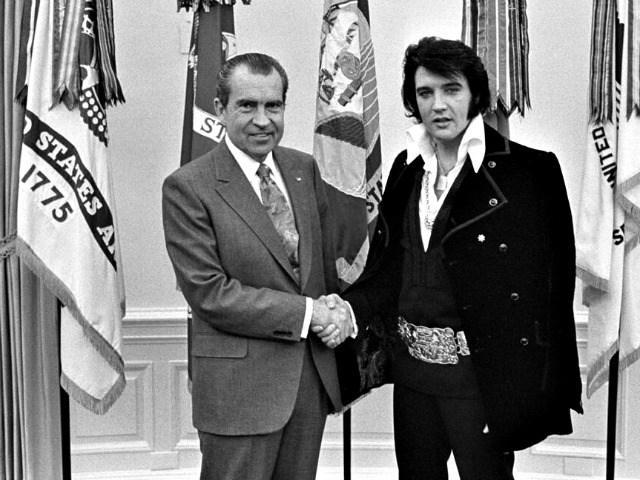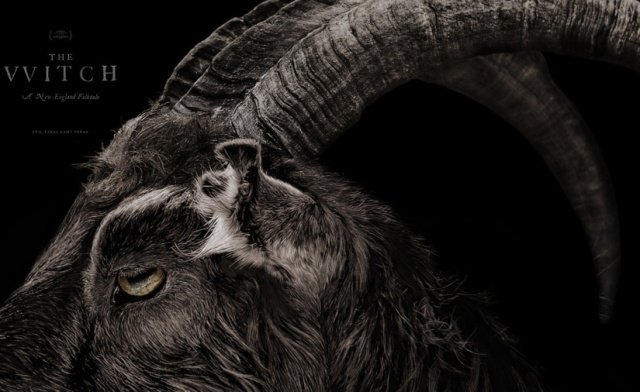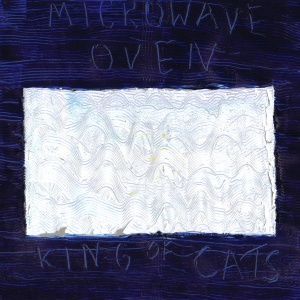
2016’s Under The Shadow (written and directed by Babak Anvari) is a chilling Iranian/British indie horror that will scare you and move you in equal measures. Set in Tehran during the mid-80’s War of The Cities, a mother and daughter face a haunting, demonic presence alone in their increasingly deserted, war-torn neighbourhood. As one of 2016’s few great horrors, Under The Shadow is a subtly executed, brilliantly performed, thematically rich and terrifying yet genuinely moving film.
Under The Shadow utilises a classic ghost story format in a more modern historical context and appropriately uses the Arabic jinn (demon) of Arabian and Islamic mythology (a refreshing change from horror’s overwhelming use of Christian mythology) as its central antagonist. When strange things start to happen a superstitious neighbour warns the protagonist, Shideh (Narges Rashidi), that her daughter, Dorsa (Avin Manshadi), is being haunted by a jinn. However, as the film progresses it soon becomes clear that Under The Shadow is digging much deeper than your average ghost story. The film consciously explores its historical context, drawing themes of religious dominance, patriarchal oppression, governmental tyranny, motherhood and wartime plight, blending these elements to create a truly sumptuous, multifaceted horror. It seems to be no mistake that the evil entity appears often as a faceless chador clad spectre, and that the sense of entrapment and paranoia rises as Shideh’s liberties are increasingly curtailed by squads enforcing theocratic law. Clearly the filmmaker has something to say, yet respectfully leaves the ball in the audience’s court to decide what it is. Saying that, Under The Shadow is not a film that necessarily requires such scrutiny to be enjoyed. It is in this ability for the film to remain effective and, most importantly, scary when viewed at a surface level that reveals the brilliance of Under The Shadow as a horror.
Set against a scoreless soundtrack, with only ambient creaks and blowing wind to accompany each scene, Anvari has achieved a remarkable feat of foreboding tension without the use of music, relying instead on jarring camera work, spooky “did you see it” subtleties, oppressive narrow sets and a small, talented cast. The tension carefully builds and is overcast by the rising threat of Iraqi missile attacks, allowing for the film to exist in a near constant state of fear. The scares are carefully selected and unexpected, executing just enough jumps without the horror overspending itself. The use of space to create a sense of foreboding danger and increased isolation and abandonment is expertly crafted, with shots becoming more unsettling and enclosed as the threats increase. This accumulates to an incredibly well-paced film, giving the sense of a rich, slow burning horror to a surprisingly compact and sleek 1 hour and 24 minute film.
Under The Shadow has mostly been compared to 2014’s Australian horror masterpiece The Babadook with its undercurrent themes of motherhood, trauma and loss and use of expressionist visuals, and certainly these films share a lot in common. Despite this, Under The Shadow has its own, unique tone to it and is well worth viewing as a separate piece of work and not necessarily lesser version of The Babadook. It is not necessarily original in its possessed child, demonic presence format, yet stands out from many of the other bland horrors of that ilk stylistically, as well as in its strongly thematic content. Under The Shadow is out on DVD and Netflix now, and will stand up at a movie night for all film fans alike.
Very cool, S x.
Reviews written by Stefan Filby at Dudes Have No Choice.










